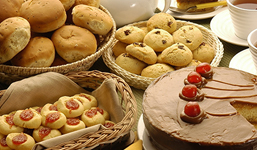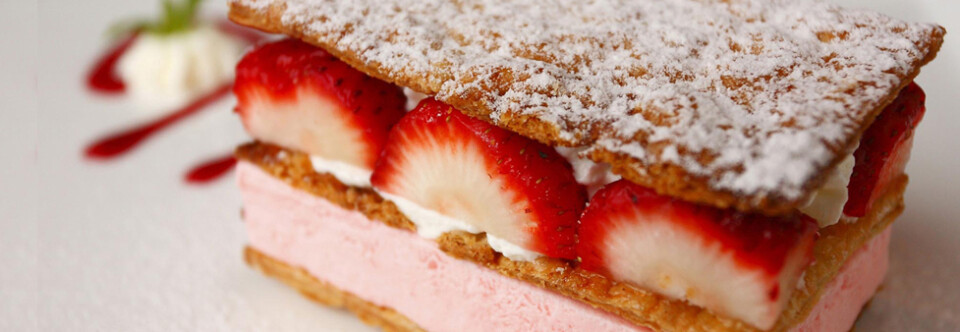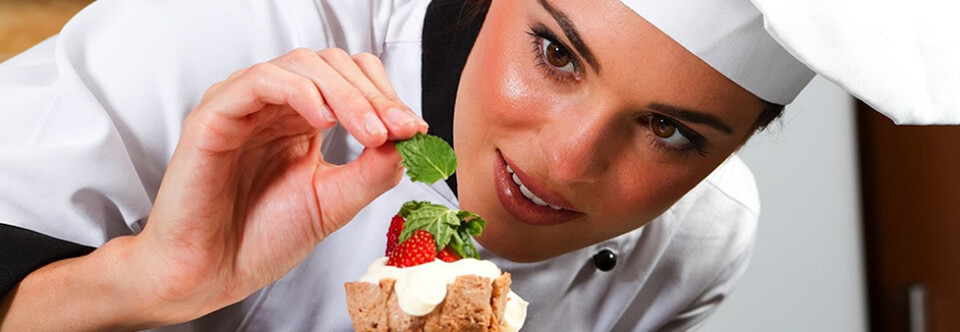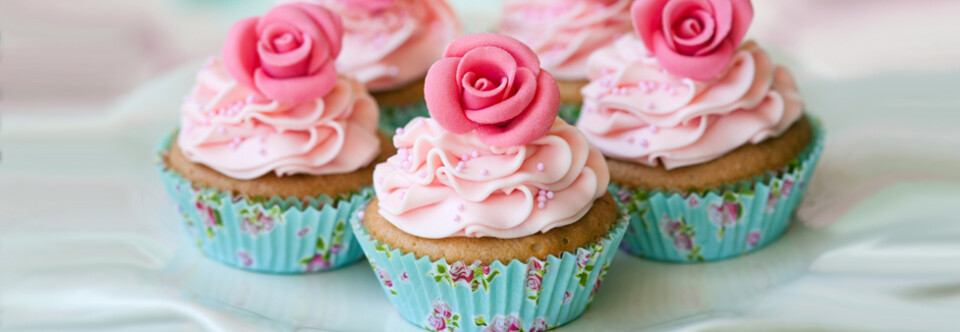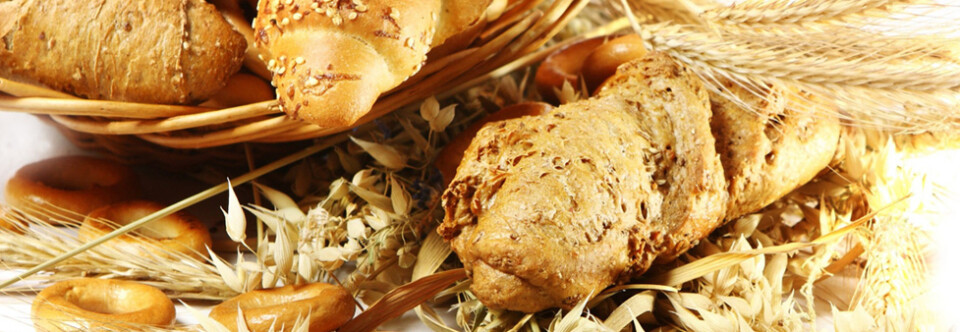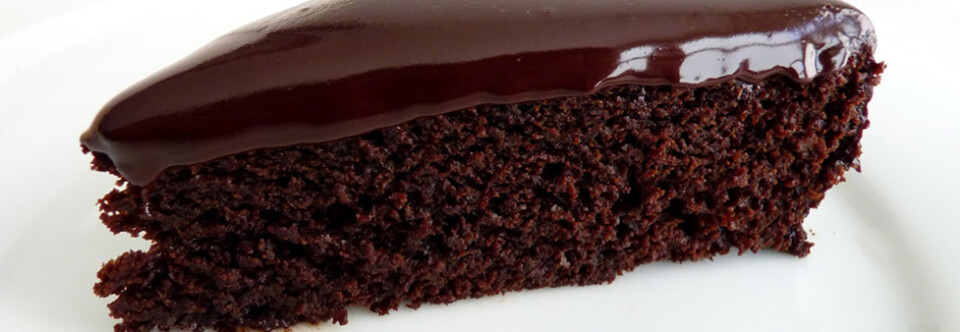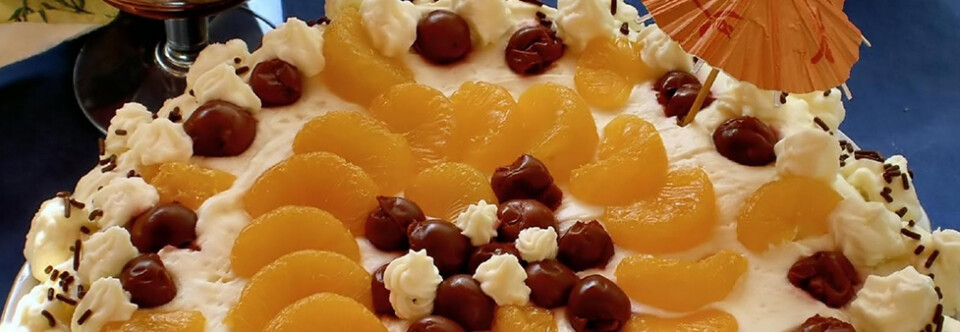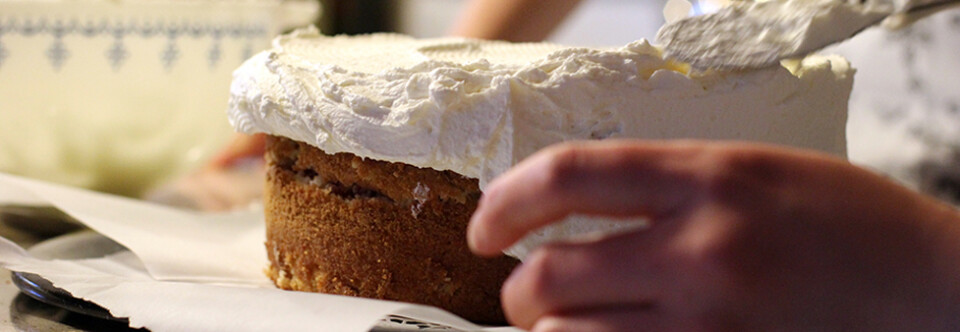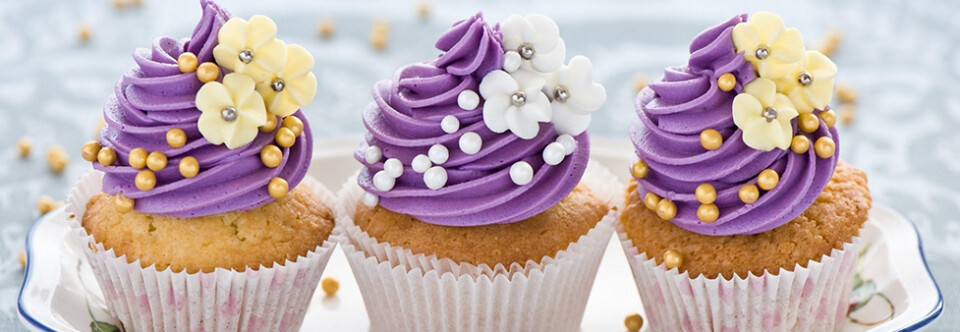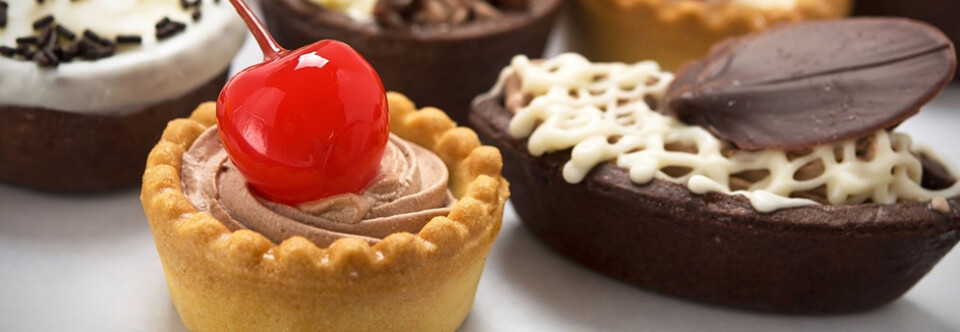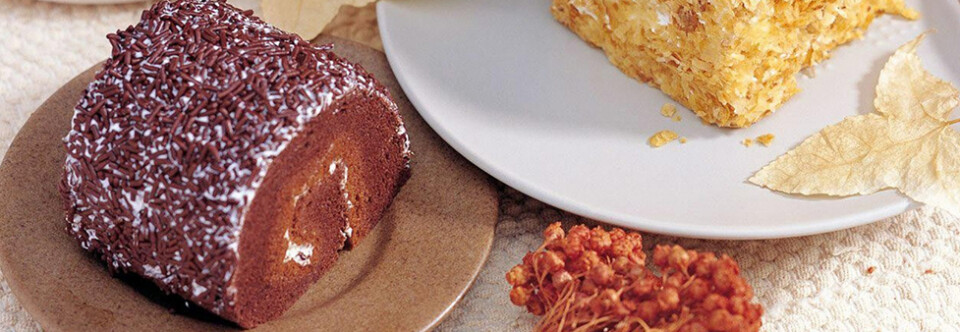"Gürkan Pastry Products offers you the best serving with full confidence"
Bakery Products, Cake and Ice Cream Additives, Emulgators, Developers, Powder Mixes, Whipped Creams, Cremas, Fruit Filled, Jellies For Glazing, Cake and Ice Cream Sauces, Syrups, Chocolate, Couverture and Cocolin, Drop Chocolate, Chocolate Chips, Praline, Cocoa Powder
Different Pastry Products
The very nature of most pastries is to be light, airy, flaky, and buttery. All pastry starts out as a combination of ingredients, such as flour, water, salt, butter or other fats, and is made by using different ingredients, mixing and baking techniques.
In puff pastry, a certain amount of gluten formation is essential, but all of the gluten strands must lie in one plane to give strength to the horizontal sheets. Here, the folding and rolling technique is used. A wide range of different pastry products will give your customers the tasty choices they have come to expect.
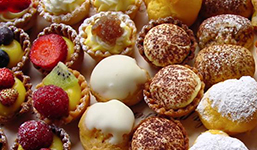
Pastry depends heavily on the types of flour used, its amount and how it is handled. When moistened and stirred, wheat flour develops strands of gluten, which are what give an elastic structure to the baked good that stretches and rises. Too much flour results in a tough, dry and flavorless recipe, and too little results in a flat, tough and flavorless baked good.
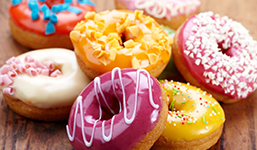
Bakery Products
Process of cooking by dry heat, especially in some kind of oven. It is probably the oldest cooking method. Bakery products, which include bread, rolls, cookies, pies, pastries, and muffins, are usually prepared from flour or meal derived from some form of grain. Bread, already a common staple in prehistoric times, provides many nutrients in the human diet.
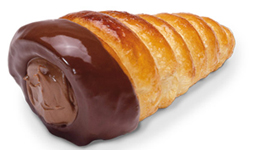
Baking is a process that has been practiced for centuries, and bakery products range in complexity from the simple ingredients of a plain pastry to the numerous components of a cake. While currently there are many books available aimed at food service operators, culinary art instruction and consumers, relatively few professional publications exist that cover the science and technology of baking
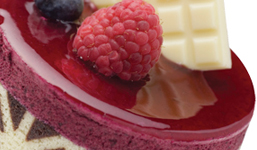
Baking & Pastry Recipes
In the case of a pastry, you add large amounts of fat to coat and separate the flour particles from each other, but you then add just enough water to make dough. Since much of the starch in the flour is not in contact with any of the water, the resulting cooked dough is crumbly and flaky. The role of the fat in making a pastry is to give texture to the final product. Depending on the kind of fat used, the pastry will also have a certain flavor. Pastry chefs use various types of fats, like vegetable shortening, butter, or lard. Though they are all are fats, they have major differences.
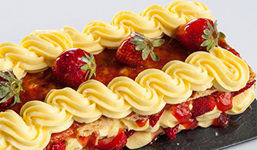
The differences in textures of many pastries have to do with the type of fats and how it’s introduced. Fats contribute to the tenderness (shortness) and especially flakiness of pastry. Pure fats, such as shortening and lard, produce flakier pastry than those that contain water such as butter. Pastry is often a trade-off between flavor and texture, much of which comes from the fat in the recipe. Some bakers use both butter and shortening to capture the best qualities of each, but I prefer to use all butter because of its better taste.
